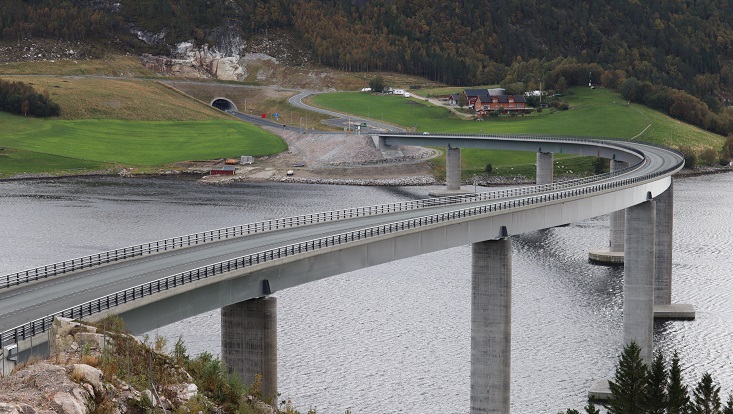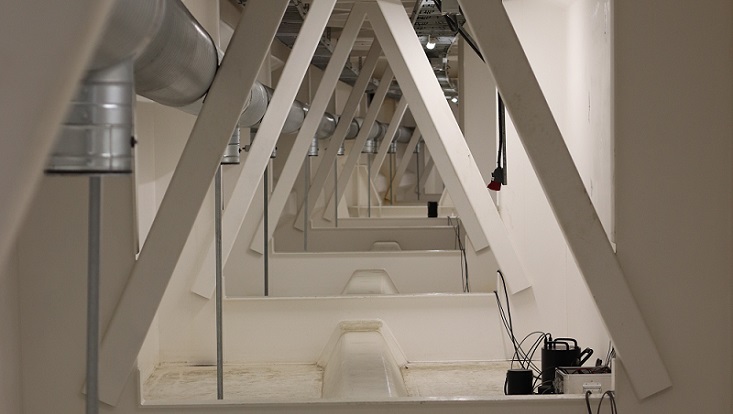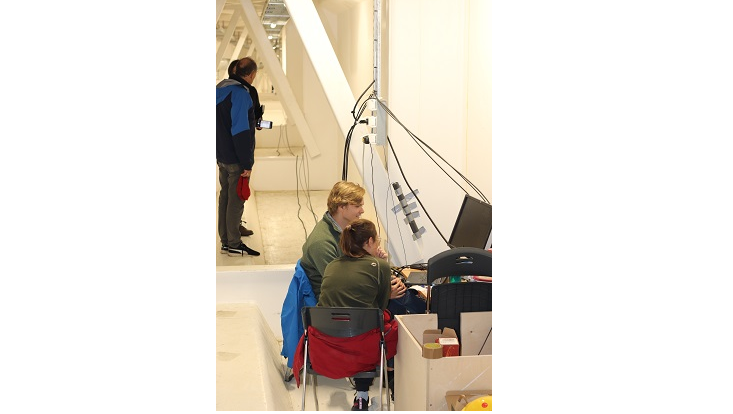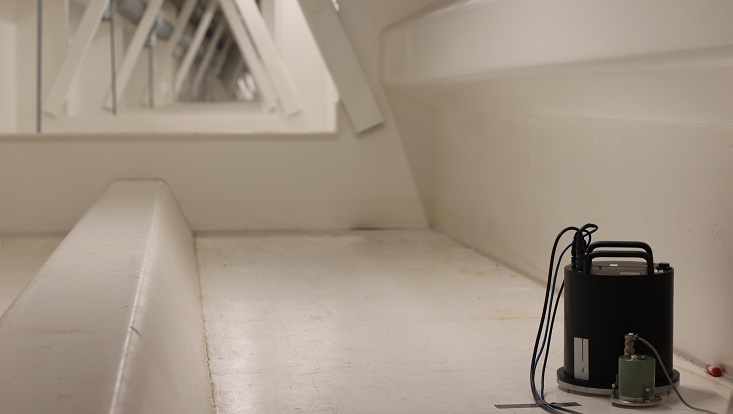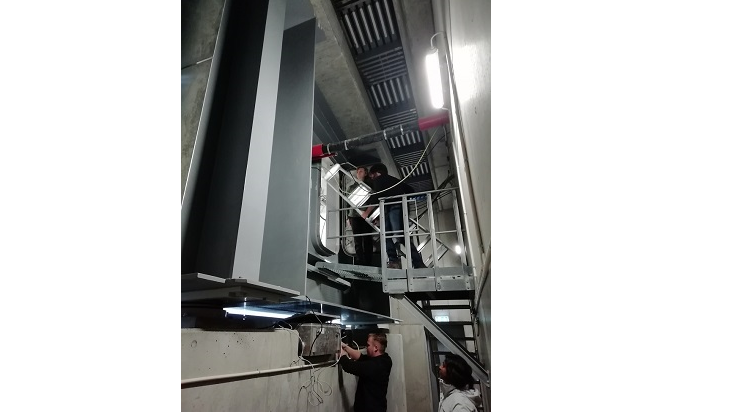Seismic instruments on Astfjordbrua, Trondheim
6 November 2023
Engineering structures often undergo enormous damage in the advent of an earthquake. Collapsed bridges not only harm human life but also hinder rescue operations and the transport of relief supplies, which is of utmost importance after an earthquake. Therefore, it is crucial to understand the health of these life-line structures from time to time. However, the question arises of how to monitor the health of these structures. Can we use optical fibers and seismic instruments to investigate the structural health of a bridge?
To answer this question, a team of 6 researchers and a technician embarked on a new venture of instrumenting a 750m long bridge across a fjord in Trondheim, Norway, with seismometers, rotational instruments, fiber-optic cable, and temperature sensors. The bridge was instrumented on September 28, 2023, and continues to record ambient data for six weeks. The main highlight of choosing this bridge is that during this time of the year, in the case of heavy winds, the bridge is closed for safety purposes. Therefore, the recorded data is expected to provide insights into the behavior of the bridge not only under the application of moving vehicle loads but also when high winds and storms strike it.
The work was executed in collaboration with the Department of Earth and Environmental Sciences, Ludwig-Maximilians-Universität (LMU) München, Germany, and the Centre for Geophysical Forecasting, Norwegian University of Science and Technology, Trondheim (NTNU), Norway under the ‘Building vibrations: combined condition analysis with innovative sensor concept (GIOTTO)’ project funded by Bundesministerium für Bildung und Forschung (BMBF).

